 |
| YJ-12 |
 |
| DF-21D |
 |
| DF-21D MIRV Version |
US War on the Rocks website published an article on July 2 titled “China’s Most Dangerous Missile (So Far)” by Robert Haddick, an independent contractor at U.S. Special Operations Command, that regards China’s YJ-12 anti-ship missile as China’s most dangerous weapon so far.
Haddick’s article is based Pantagon’s latest annual report that briefly mentions that anti-ship cruise missile (ASCM). He quotes the report as saying, “The new missile provides an increased threat to naval assets, due to its long range and supersonic speeds.”
According to Haddick, the report understates the danger of the missile to US Navy in Western Pacific because the missile constitutes a threat greater even than the much-discussed DF-21D anti-ship ballistic missile (ASBM).
YJ-12 missile is indeed China’s powerful weapon againt US aircraft carrier strike group, but his comparison between YJ-12 and DF-21D proves his ignorance about China’s weapon development.
Haddick said that DF-21D had “still apparently not tested against a moving target at sea”. This proves even the best informed US military expert does not really know China’s weapon development.
That is perhaps due to his inability to read Chinese military materials.
An article by Wang Genbin, deputy commander-in-chief of Department 4 of China Aerospace Science & Industry Corp. (CASIC), on a journal publicly available in China. Wang says in the article that in the two decades since 1988, China spent 3 billion yuan ($494 million) in successfully developing DF-21A, 21B, 21C and 21D missiles and completed the transition from development of only nuclear missiles to that of both nuclear and conventional missiles and from fixed target to low-speed target. In addition, the accuracy has been improved from several hundred to several tens of meters. The two decades from 1988 ended in 2008. What Wang says means that by 2008, DF-21D is able to hit low-speed target, i.e. a warship, with the accuracy of several tens of meters. Do you think Wang’s figure is not based on tests? In China, an officer of his rank will be in problem if the accuracy he mentioned is not based on tests.
For fear of being blamed for revealing the secret about the test results of DF-21D, important Chinese official media huanqiu.com says in its report : A US research institute believes that in 2011 and 2012, China conducted quite a few launches of DF-21D in the South China Sea and successfully hit and sank a simulated model of aircraft carrier made by transforming China’s Yuanwang 4 survey ship.
Return to YJ-12, Haddick says: Naval War College Review published a 2011 study that YJ-12 had the longest range of 400 km among all the ASCMs in the world. It enables Chinese attack aircraft to launch it outside the engagement range of US Navy’s Aegis Combat System and the SM-2 air-defense missiles. As a result US aircraft carrier strike group does not have enough time to respond to the attack.
Haddick describes in his article a realistic future scenario of China sending 48 Su-30 MKK or J-11B fighter jets to attack a US aircraft carrier combat group. The Chinese aircrafts are supersonic and have a combat radius of 1.500 km. They each can carry two to four YJ-12 missiles. As those aircrafts are roughly equal in strength to that of US F-15E fighter-bombers, the aircrafts from the US carrier can only shoot down a few of them. The 100 YJ-12s launched by them from various directions at very low altitude above sea surface will not be detected until they are so close that the US warships have only 45 seconds to engage them.
According to the conclusion of a study from the Naval Postgraduate School, surface warships on alert were only able to hit 32% of the attacking missiles. That means more than 32 of the more than 100 ASCMs will hit US warships, but US navy will be in trouble if only five of them hit US warships.
Haddick says that US Navy is well aware of the threat and plans to develop Navy’s long-range network engagement to destroy YJ-12s and the aircrafts launching them far away. However he believes that China may develop longer-ranged ASCMs with better target seekers. In this competition China “seems to possess the competitive cost and technology advantages”
This blogger’s Note: It is common sense that a warship is a much larger target than a missile; therefore, it is much easier to develop a missile to hit a warship than a missile to hit another missile. In addition, ASCMs are much cheaper than warships especially aircraft carriers.
Based on mil.huanqiu.com’s report “The US discloses China’s real aircraft carrier killer more formidable than DF-21D missile”, I said saturated cruise missile attack was more formidable than DF-21D. Let me quote the following paragraphs in the post:
US think tank International Strategy Research Institute recently published a report, stating that in spite of the great concern raised by PLA’s DF-21D anti-aircraft carrier missile, China’s anti-ship cruise missiles may finally be the greatest threat to US aircraft carrier combat groups.
Cruise missiles are cheap but accurate and can be launched from land, warships, submarines and aircrafts. Simultaneous attack of lots of cruise missiles can frustrate an aircraft carrier combat group’s Aegis air defense so that they can be used to destroy the group.
Due to their compact shape, supersonic speed, small radar signal and low-altitude flight, they can better penetrate enemy air defense. In addition, once launched, a cruise missile needs little support. It can hit its target even if the warship or aircraft that launched it has been destroyed.
Source: huanqiu.com “US media’ exposure of China’s most dangerous missile so far, even more dangerous than DF-21D” (summary by Chan Kai Yee)




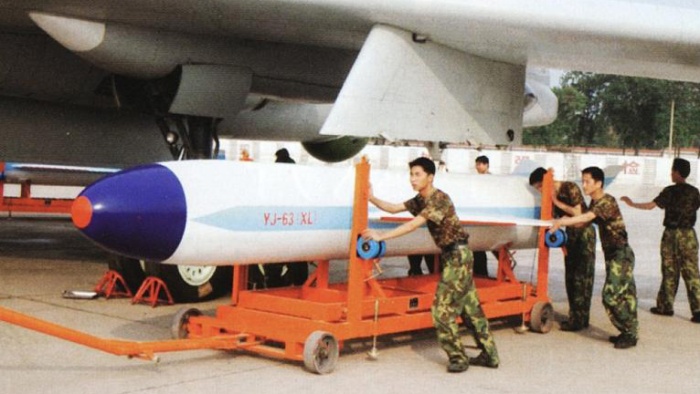
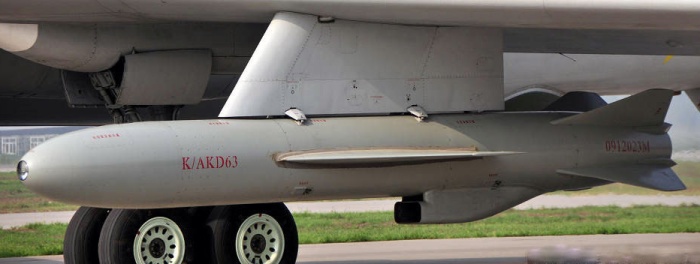
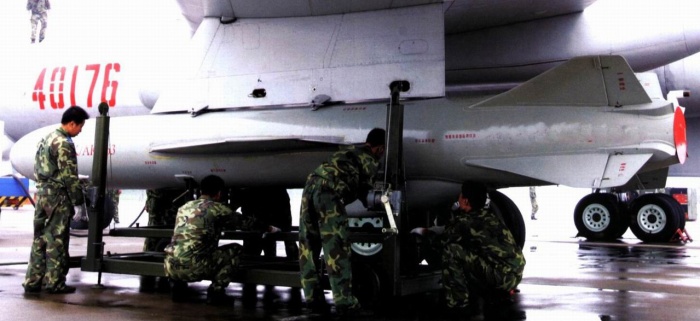


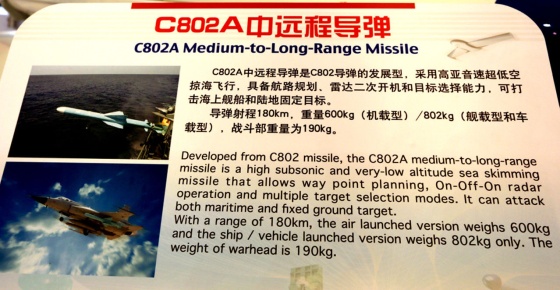
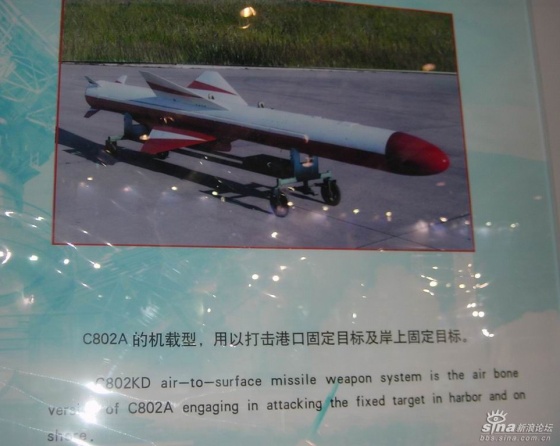
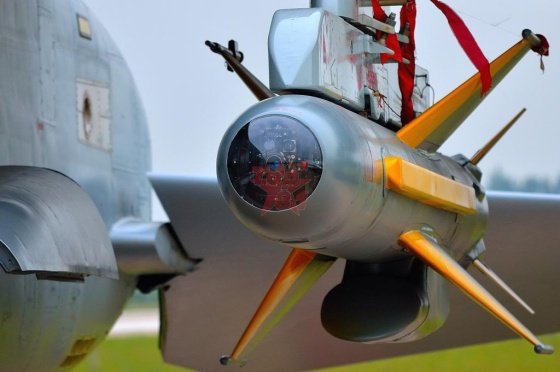
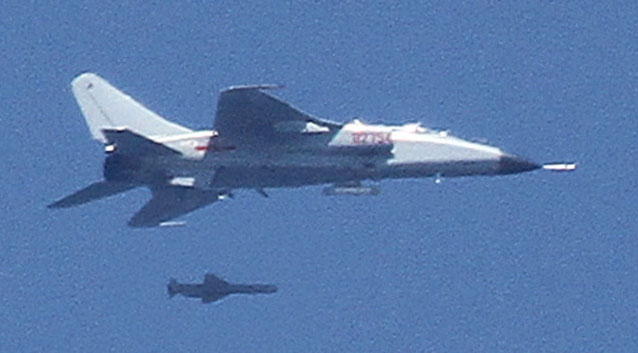
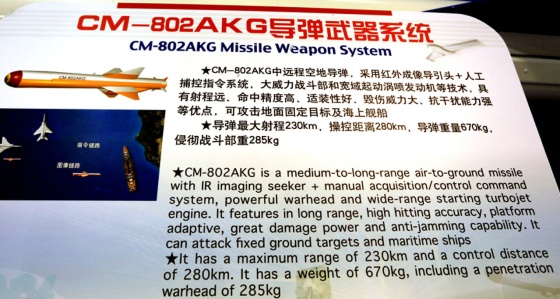
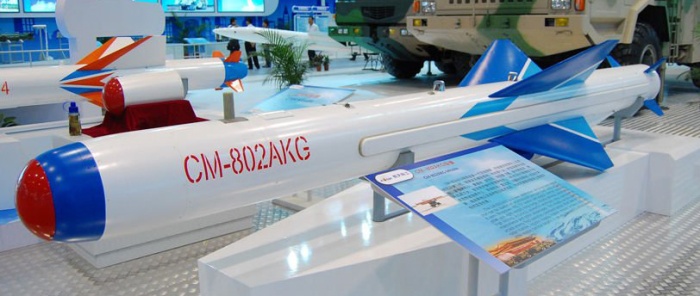
.jpg)

.jpg)